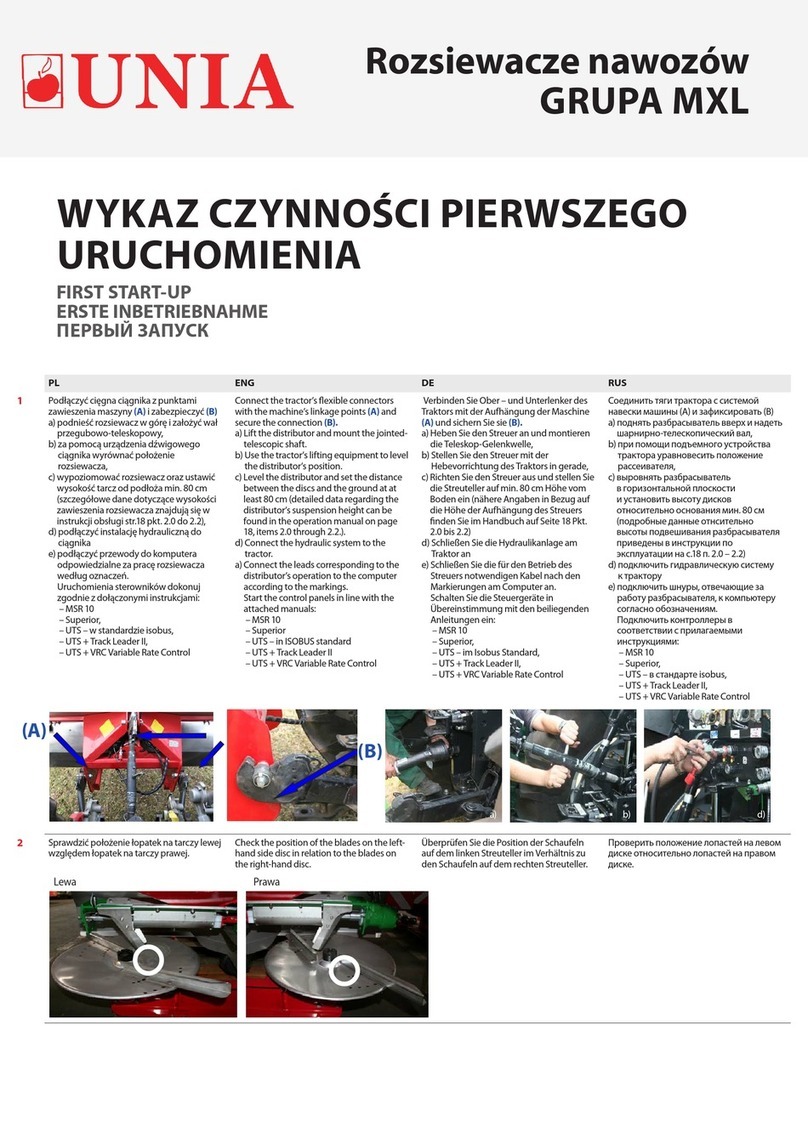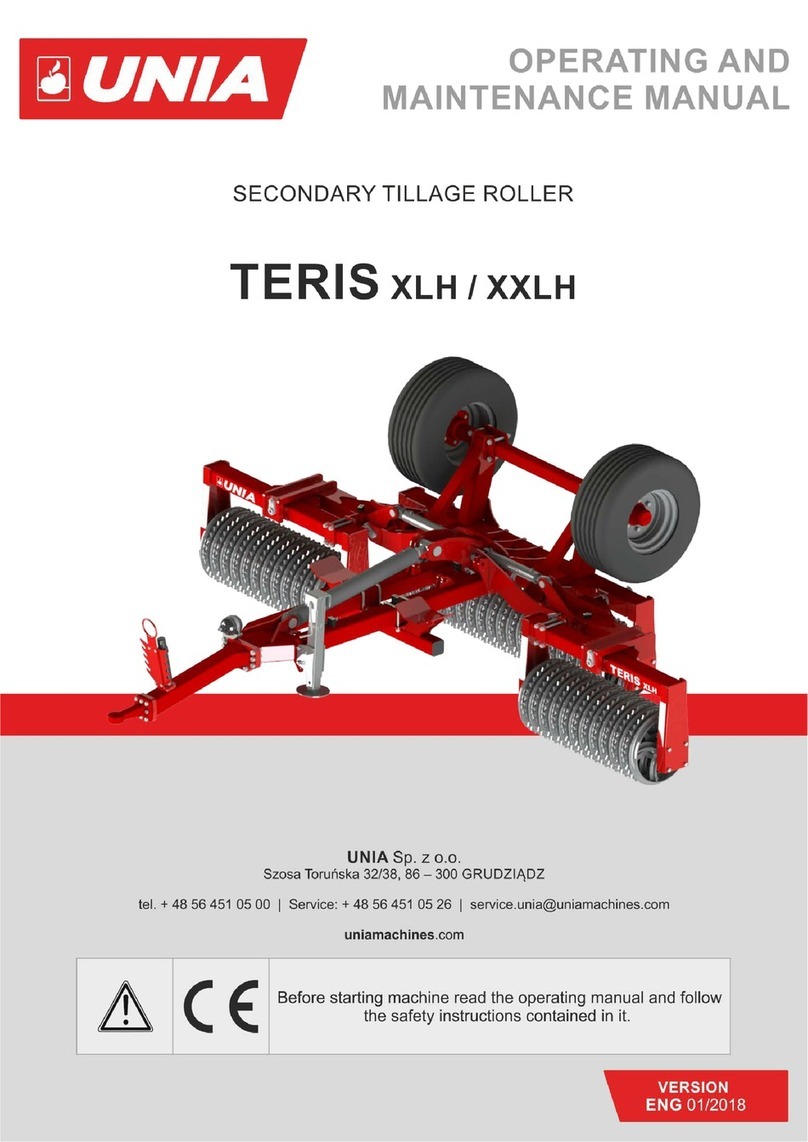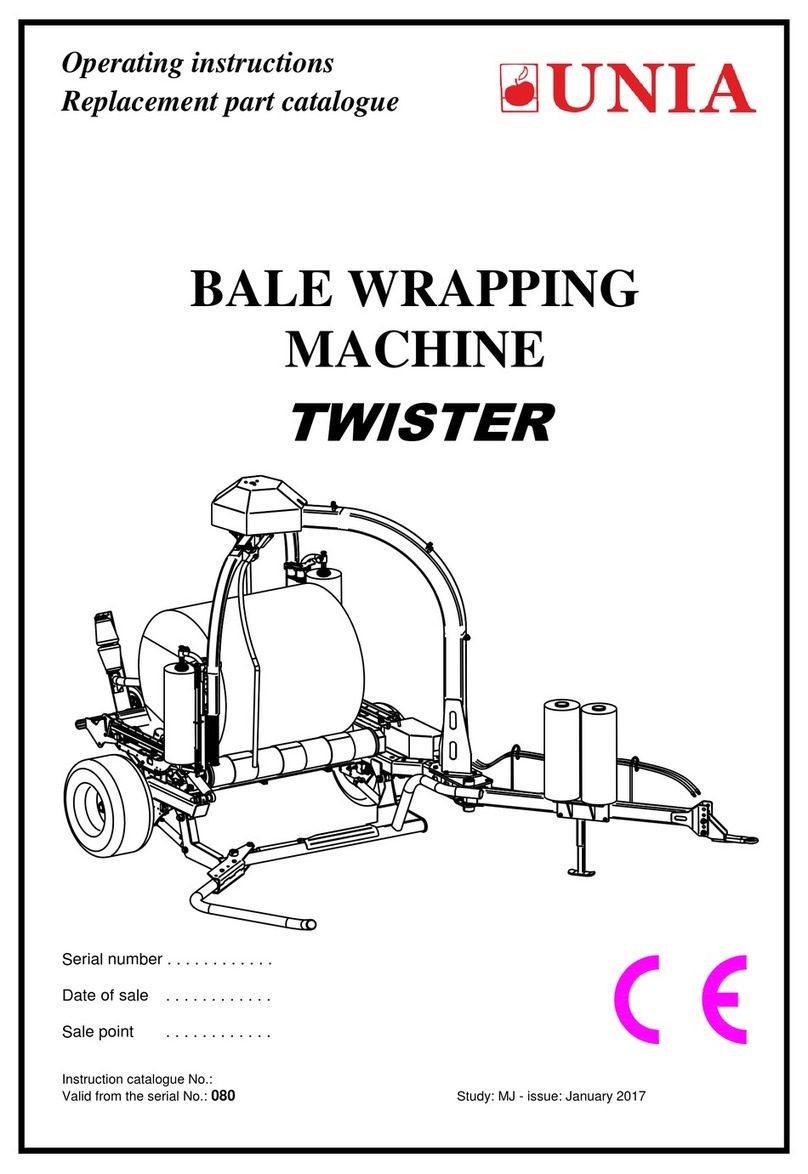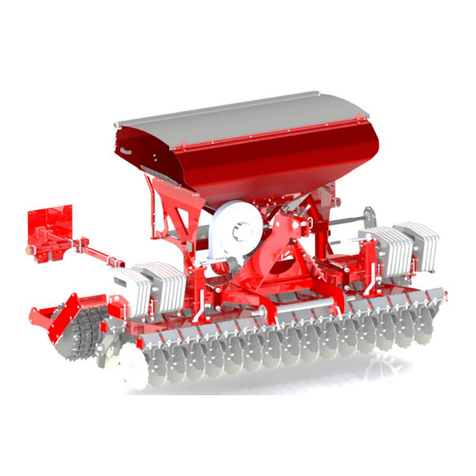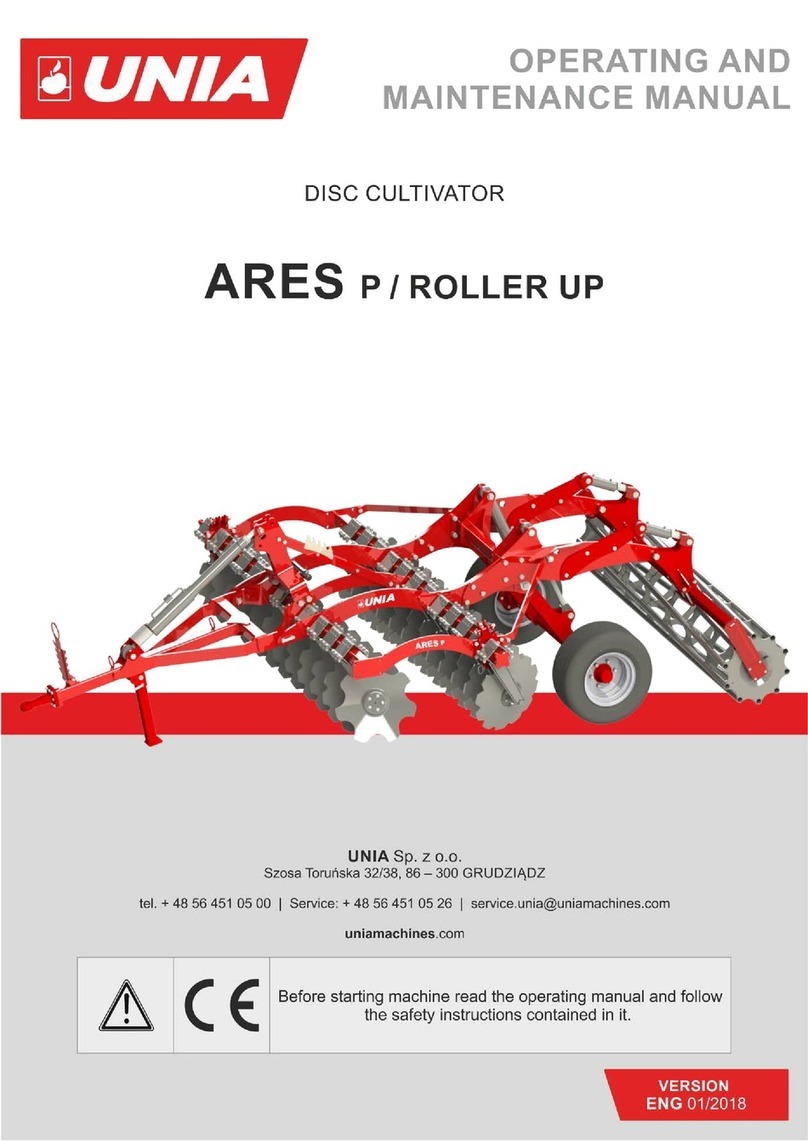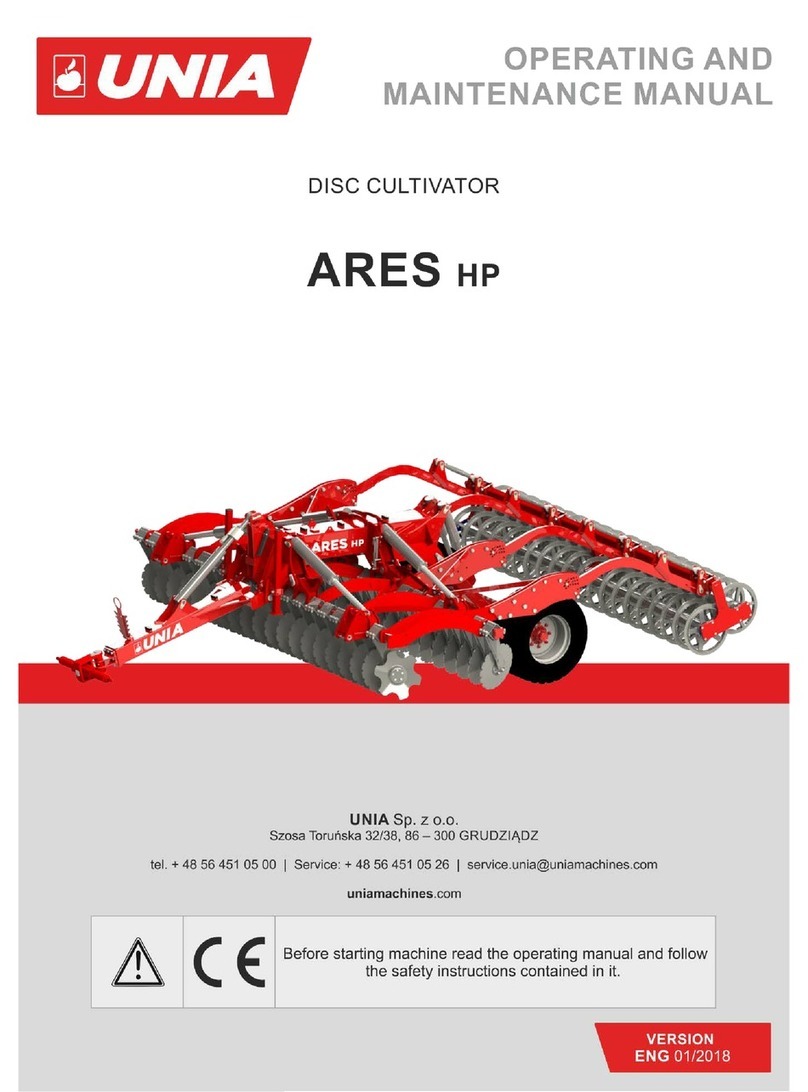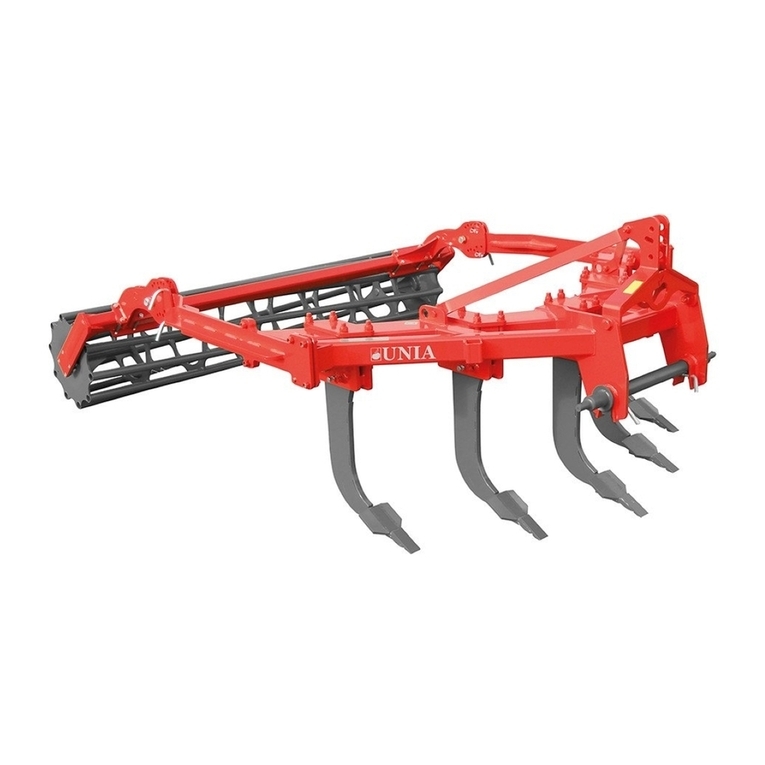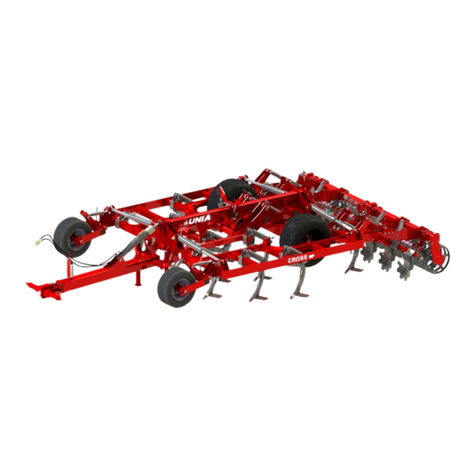
OPERATING AND MAINTENANCE MANUAL HARRIER
- 4 -
Table of contents
PREFACE: ............................................................................................................................................... 5
1.
Precautions ..................................................................................................................................... 5
1.1 Before you Begin to Use Your Machine...................................................................................... 5
1.2 Health and safety regulation ...................................................................................................... 5
1.3 Servicing...................................................................................................................................... 7
1.4 Transport on highways ............................................................................................................... 7
1.5 Safety Symbols............................................................................................................................ 7
1.6 Nameplate .................................................................................................................................. 9
2.
Technical and Identification Data ................................................................................................. 10
2.1 HARRIER Specification .............................................................................................................. 11
3.
Operating Manual......................................................................................................................... 12
3.1 First Start .................................................................................................................................. 12
3.2 Preparation of the Machine ..................................................................................................... 12
3.3 Mounting and Disconnection of machines............................................................................... 13
a)
mounting .......................................................................................................................... 13
b)
disconnecting.................................................................................................................... 13
3.4 Access to the Field – Transport ................................................................................................ 14
3.5 Adjusting the Machine.............................................................................................................. 15
3.5.1 Levelling of Rollers............................................................................................................ 15
3.5.2 Working Depth Adjustment.............................................................................................. 15
3.5.3 Tine Protection Methods.................................................................................................. 16
a)
bolt protection.................................................................................................................... 16
b)
hydraulic protection ........................................................................................................... 17
3.5.4 Tine Working Components ............................................................................................. 19
4.
Operation...................................................................................................................................... 19
5.
Servicing and Maintenance........................................................................................................... 20
5.1 General ..................................................................................................................................... 20
5.2 Replacement of the Machine Components.............................................................................. 20
5.3 Hydraulic System ...................................................................................................................... 20
5.4 Lighting ..................................................................................................................................... 21
5.5 Bolt, screw and nut tightening torques (Nm)........................................................................... 21
5.6 Lubrication................................................................................................................................ 22
5.7 Storage of the Machine ............................................................................................................ 23
5.8 Disassembly and Disposal......................................................................................................... 23
5.9 Warranty Conditions and Warranty Services ........................................................................... 23
